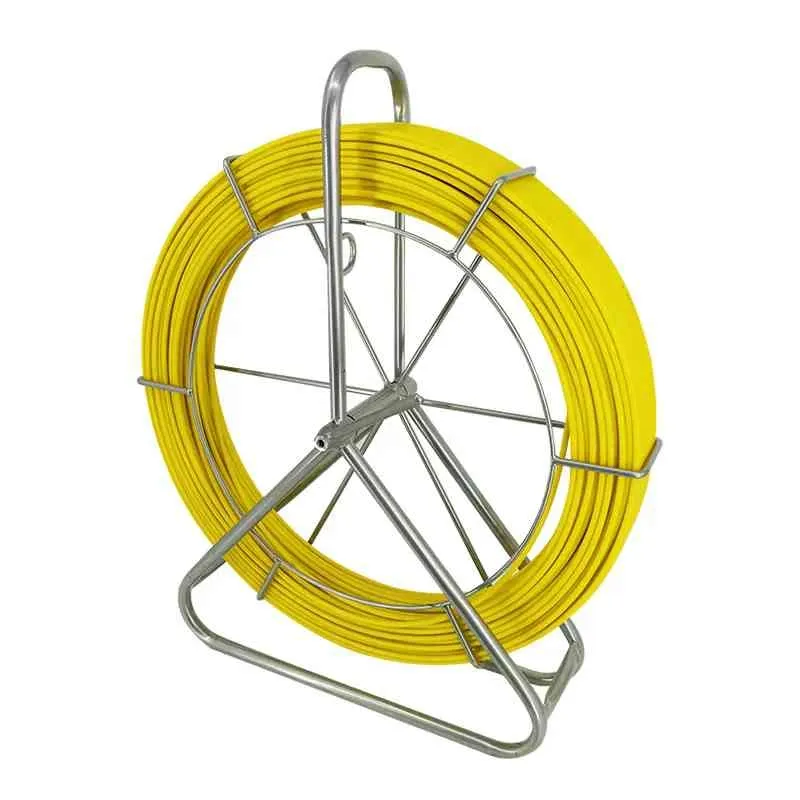
-
 Afrikaans
Afrikaans -
 Albanian
Albanian -
 Amharic
Amharic -
 Arabic
Arabic -
 Armenian
Armenian -
 Azerbaijani
Azerbaijani -
 Basque
Basque -
 Belarusian
Belarusian -
 Bengali
Bengali -
 Bosnian
Bosnian -
 Bulgarian
Bulgarian -
 Catalan
Catalan -
 Cebuano
Cebuano -
 Corsican
Corsican -
 Croatian
Croatian -
 Czech
Czech -
 Danish
Danish -
 Dutch
Dutch -
 English
English -
 Esperanto
Esperanto -
 Estonian
Estonian -
 Finnish
Finnish -
 French
French -
 Frisian
Frisian -
 Galician
Galician -
 Georgian
Georgian -
 German
German -
 Greek
Greek -
 Gujarati
Gujarati -
 Haitian Creole
Haitian Creole -
 hausa
hausa -
 hawaiian
hawaiian -
 Hebrew
Hebrew -
 Hindi
Hindi -
 Miao
Miao -
 Hungarian
Hungarian -
 Icelandic
Icelandic -
 igbo
igbo -
 Indonesian
Indonesian -
 irish
irish -
 Italian
Italian -
 Japanese
Japanese -
 Javanese
Javanese -
 Kannada
Kannada -
 kazakh
kazakh -
 Khmer
Khmer -
 Rwandese
Rwandese -
 Korean
Korean -
 Kurdish
Kurdish -
 Kyrgyz
Kyrgyz -
 Lao
Lao -
 Latin
Latin -
 Latvian
Latvian -
 Lithuanian
Lithuanian -
 Luxembourgish
Luxembourgish -
 Macedonian
Macedonian -
 Malgashi
Malgashi -
 Malay
Malay -
 Malayalam
Malayalam -
 Maltese
Maltese -
 Maori
Maori -
 Marathi
Marathi -
 Mongolian
Mongolian -
 Myanmar
Myanmar -
 Nepali
Nepali -
 Norwegian
Norwegian -
 Norwegian
Norwegian -
 Occitan
Occitan -
 Pashto
Pashto -
 Persian
Persian -
 Polish
Polish -
 Portuguese
Portuguese -
 Punjabi
Punjabi -
 Romanian
Romanian -
 Russian
Russian -
 Samoan
Samoan -
 Scottish Gaelic
Scottish Gaelic -
 Serbian
Serbian -
 Sesotho
Sesotho -
 Shona
Shona -
 Sindhi
Sindhi -
 Sinhala
Sinhala -
 Slovak
Slovak -
 Slovenian
Slovenian -
 Somali
Somali -
 Spanish
Spanish -
 Sundanese
Sundanese -
 Swahili
Swahili -
 Swedish
Swedish -
 Tagalog
Tagalog -
 Tajik
Tajik -
 Tamil
Tamil -
 Tatar
Tatar -
 Telugu
Telugu -
 Thai
Thai -
 Turkish
Turkish -
 Turkmen
Turkmen -
 Ukrainian
Ukrainian -
 Urdu
Urdu -
 Uighur
Uighur -
 Uzbek
Uzbek -
 Vietnamese
Vietnamese -
 Welsh
Welsh -
 Bantu
Bantu -
 Yiddish
Yiddish -
 Yoruba
Yoruba -
 Zulu
Zulu


Dec . 14, 2024 09:19 Back to list
wireless winch
The Innovation Behind Wireless Winches Revolutionizing Lifting and Hauling
In recent years, the development of wireless technology has transformed numerous industries, including construction, marine, and automotive sectors. One of the most groundbreaking innovations powered by this technology is the wireless winch. A wireless winch is a device used for lifting or pulling heavy loads without the limitations of traditional wired systems. This advancement not only enhances efficiency but also improves safety and user convenience, making it a valuable asset in various applications.
Understanding Wireless Winches
At its core, a winch is a mechanical device that consists of a spool and a cable. Traditionally, winches rely on physical cables to control their operation, requiring an operator to stay close to the machine. However, wireless winches eliminate this limitation by incorporating remote control technology, allowing users to operate them from a distance. This is typically achieved through RF (radio frequency) or Bluetooth technology, enabling seamless communication between the winch and the operator.
Advantages of Wireless Winches
1. Enhanced Safety One of the most significant benefits of wireless winches is improved safety for operators. By removing the need to be physically near the load being lifted, operators can maintain a safe distance, reducing the risk of accidents and injuries. This is particularly crucial in hazardous environments where falling objects or equipment malfunctions could pose serious threats.
2. Increased Efficiency Wireless winches allow for more streamlined operations. Operators can control lifts and movements without the interference of cables, making it easier to maneuver in tight spaces. This efficiency can lead to time savings on the job site, enabling quicker completion of tasks and ultimately enhancing productivity.
wireless winch

3. Versatility Wireless winches are incredibly versatile and can be used in various applications—ranging from industrial lifting to recreational activities such as off-roading and boating. In construction, they are ideal for lifting materials and equipment to heights. In marine contexts, they can help in mooring boats or retrieving fishing nets. Their adaptability makes them an indispensable tool in many fields.
4. User-Friendly Operation Operating a wireless winch is often simpler than traditional systems. Most remote controls feature intuitive buttons that make operation straightforward, even for those with limited experience. This user-friendliness lowers the barrier to entry for new operators, ensuring that teams can quickly learn how to use the equipment effectively.
5. Remote Monitoring and Control Advanced wireless winches come equipped with smart technology that allows for remote monitoring and control through mobile devices or dedicated applications. This feature enables operators to oversee operations in real-time, receive alerts for any issues, and even track usage statistics, leading to better maintenance and operational decisions.
Challenges and Considerations
While wireless winches offer numerous benefits, some challenges must be considered. Battery life is a critical aspect; ensuring the winch can operate for extended periods without needing a recharge is vital. Additionally, maintaining a stable connection in challenging environments is essential for reliable operation.
Conclusion
The advent of wireless winches marks a significant step forward in lifting and hauling technology. By enhancing safety, increasing efficiency, and offering user-friendly features, they have quickly become a staple in various industries. As technology continues to evolve, we can expect even greater advancements in wireless winches, further revolutionizing the way we lift and transport heavy loads. Whether in construction, marine applications, or beyond, the wireless winch represents a powerful tool that aligns with the demands of modern work environments, blending innovation with practicality.
Latest news
What Are Construction Tools and How Are They Used?
NewsJul.11,2025
Professional-Grade Duct Rodding Tools for Superior Cable Installation
NewsJul.11,2025
Enhancing Safety and Efficiency with Modern Hot Stick Solutions
NewsJul.11,2025
Empowering Cable Installation with Advanced Rodder Solutions
NewsJul.11,2025
Elevate Your Cable Installation Projects with Cable Pulling Tools
NewsJul.11,2025
Efficient Cable Handling Solutions: Cable Rollers for Sale
NewsJul.11,2025











